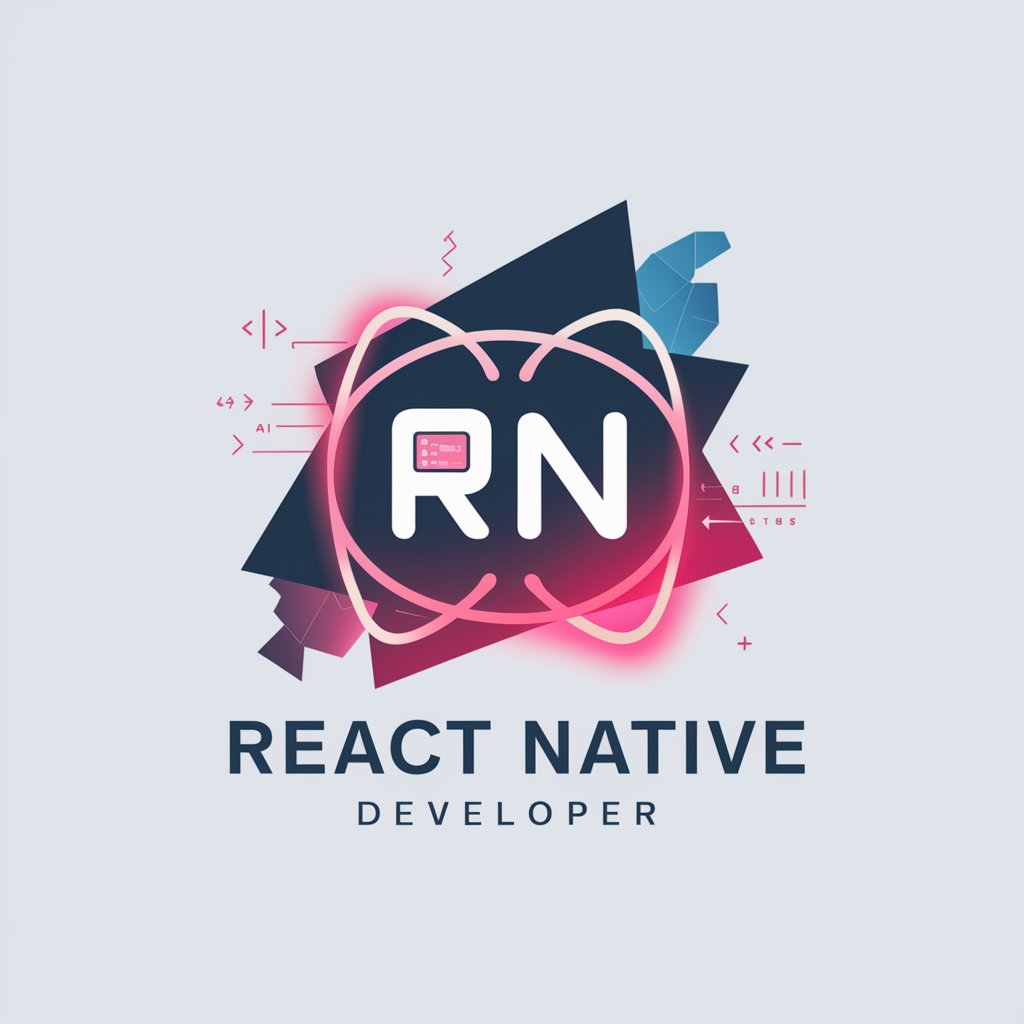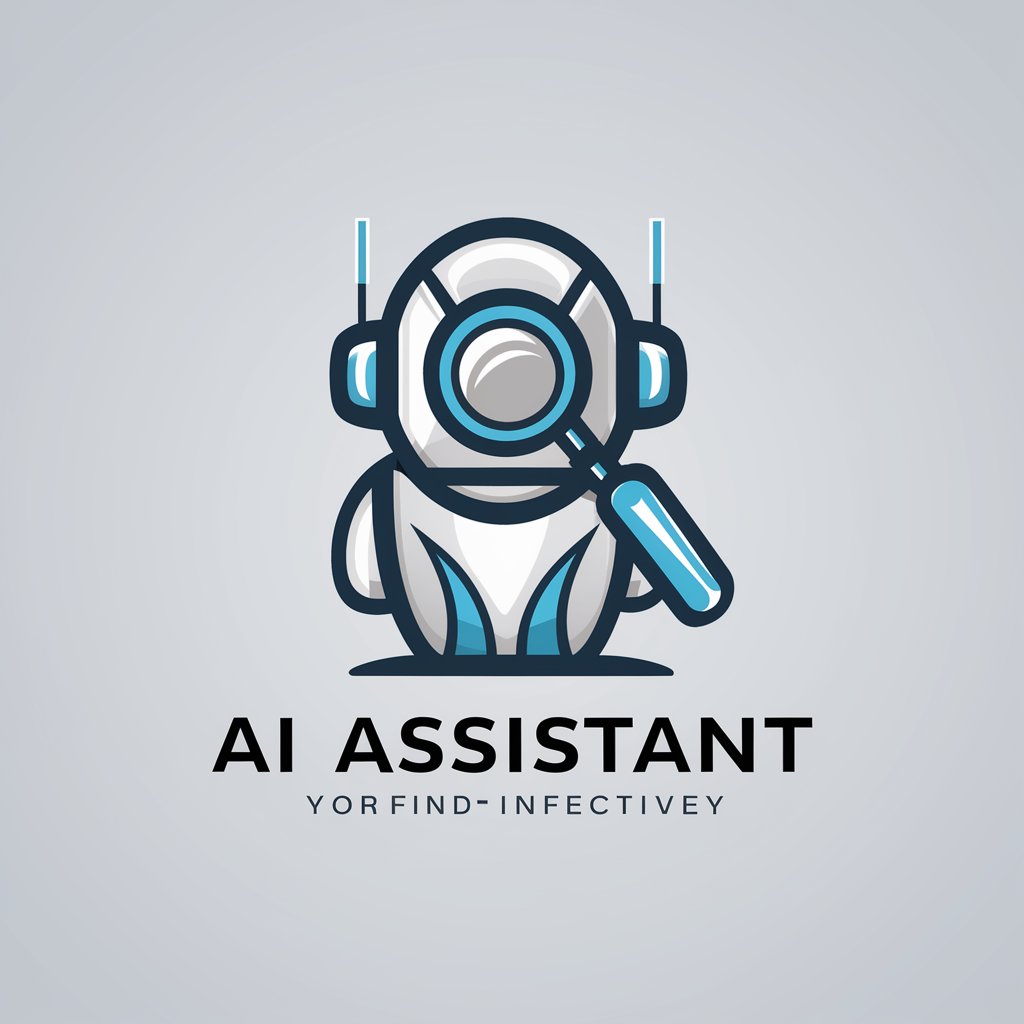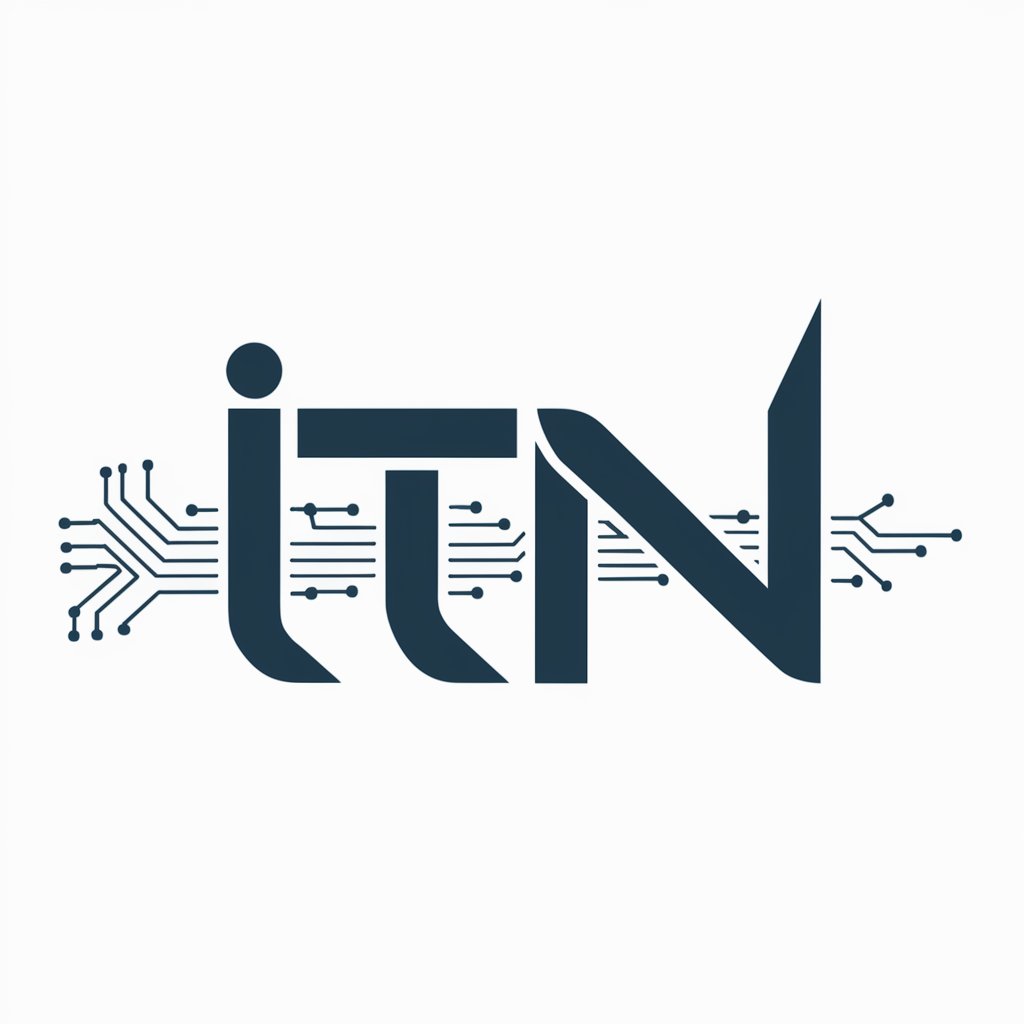
React Native - React Native Mobile Framework

Welcome! Let's build something amazing with React Native! 🔨🤖🔧
Build Native Apps with AI-Powered Framework
How can I optimize performance in React Native?
What are the best practices for state management in React Native?
Can you help me with debugging an issue in my React Native app?
What are the new features in the latest React Native update?
Get Embed Code
Introduction to React Native
React Native is an open-source framework created by Facebook for building mobile applications using JavaScript and React. It allows developers to create natively-rendered mobile apps for iOS and Android using a single codebase. The primary design purpose of React Native is to provide a platform that combines the best parts of native development with React, a best-in-class JavaScript library for building user interfaces. By using React Native, developers can leverage React’s component-based architecture, declarative UI paradigm, and a large ecosystem of libraries to build efficient and flexible mobile applications. For instance, a company might use React Native to build a social media app that needs to be deployed on both iOS and Android without maintaining separate codebases for each platform. This leads to faster development cycles, consistent user experiences, and easier maintenance. Powered by ChatGPT-4o。

Main Functions of React Native
Cross-Platform Development
Example
Creating a mobile app that works on both iOS and Android with shared code.
Scenario
A startup develops a shopping app using React Native to launch simultaneously on iOS and Android, saving time and resources compared to building two separate native apps.
Hot Reloading
Example
Instantly previewing code changes in the app without rebuilding the entire app.
Scenario
A developer tweaks the UI of a news app and sees the changes immediately on the screen, speeding up the development process and improving productivity.
Native Module Integration
Example
Integrating native code modules for functionalities not available in React Native.
Scenario
A developer integrates a custom native module for accessing advanced device features like augmented reality, which is not directly supported by React Native.
Declarative UI
Example
Building complex UIs using a declarative style.
Scenario
A developer constructs the user interface of a music streaming app using React Native’s declarative components, making the code easier to read and maintain.
Live Updates
Example
Pushing updates to the app without requiring users to download a new version from the app store.
Scenario
A company uses CodePush with React Native to deliver a critical bug fix to their users instantly, improving user experience without the delay of app store approvals.
Ideal Users of React Native
Startups and Small Businesses
These users benefit from React Native’s ability to speed up development and reduce costs by using a single codebase for multiple platforms. They can quickly launch their products to a broader audience, making it ideal for MVPs and iterative development.
Cross-Platform Developers
Developers who are already familiar with JavaScript and React can seamlessly transition to mobile app development with React Native, leveraging their existing skills to build both web and mobile applications.
Enterprises
Large companies benefit from React Native’s robust ecosystem and ability to integrate with existing native codebases, allowing them to modernize their mobile applications without starting from scratch.
Freelancers and Agencies
These users can serve a diverse client base by delivering cross-platform apps quickly and efficiently, maximizing their project throughput and client satisfaction.
Open-Source Contributors
Developers interested in contributing to or benefiting from a large, active open-source community find React Native an appealing choice due to its extensive library of community-driven plugins and tools.

Getting Started with React Native
Explore Free Trial
Start by visiting yeschat.ai for a hassle-free trial that requires no login and is available without the need for ChatGPT Plus.
Install Required Tools
Ensure you have Node.js installed on your system. Additionally, install the Expo CLI by running 'npm install -g expo-cli' in your command prompt or terminal.
Create a New Project
Use the Expo CLI to initiate a new React Native project by running 'expo init MyNewProject'. This creates a directory with all necessary files.
Develop Your Application
Begin coding your application. Use JavaScript or TypeScript to write your components, and make use of the React Native framework for UI elements.
Test and Debug
Utilize the Expo app to test your application on various devices. Use debugging tools like Reactotron and the React Native Debugger for a smoother development experience.
Try other advanced and practical GPTs
Traductor Nativo - Español Inglés
Fluent, Culturally Tuned AI Translations

Cara do Bot
Enhance Your Work with AI Assistance

Date Mate
Revolutionizing romance with AI-powered date planning

CAS Writer
Automating Your CAS Journey

AI Homework Helper
Master Your Studies with AI

ServiceNow Expert
AI-driven ServiceNow Enhancement

會估狗的機器人
Your AI-Powered Query Assistant

WP React Gutenberg Block Wizard
Empower Your WordPress with AI

IT Trend Navigator
Empowering Development with AI Insight

Gestor Cultural
Empowering Cultural Innovation with AI

圆周率AI@自媒体-公众号写作高手
Revolutionizing Public Account Writing with AI

SEO Article With Faqs Gpt Chatbot
Empowering content with AI precision

Frequently Asked Questions about React Native
What is React Native?
React Native is a JavaScript framework designed to write real, natively rendering mobile applications for iOS and Android. It is based on React, Facebook's JavaScript library for building user interfaces, but instead of targeting browsers, it targets mobile platforms.
How does React Native differ from React?
While React is used for building web applications, React Native targets mobile platforms. React Native uses native components rather than web components as building blocks, allowing for real mobile UI rather than emulated web UI.
Can I use web API and CSS in React Native?
React Native does not support HTML or CSS. Instead, it uses JSX to layout components and StyleSheet, a JavaScript abstraction similar to CSS, to style its components.
What are the performance implications of using React Native?
React Native offers near-native performance as it uses native components. However, complex apps might require more native code optimizations or even writing some features entirely in native code.
How do I handle navigation in React Native?
React Native does not come with built-in navigation support. Developers typically use third-party libraries such as React Navigation or React Native Navigation to implement navigation in their apps.